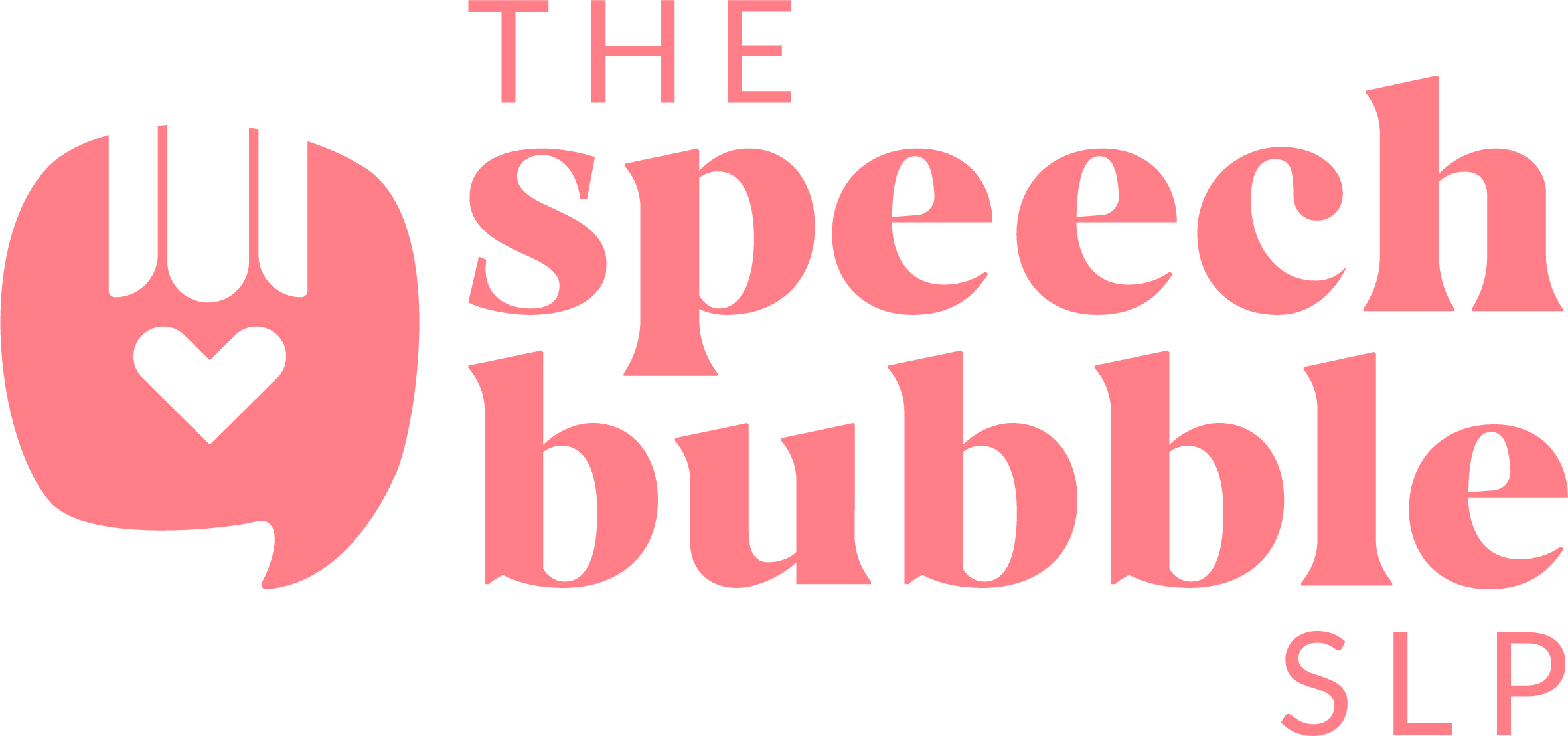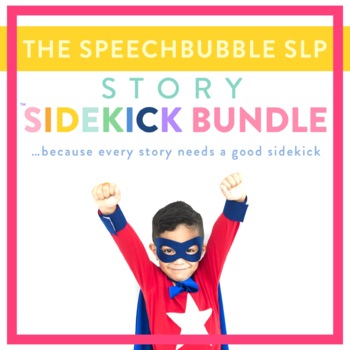It is so easy to get caught up in what our students struggle with and what deficits they have. We see what areas they need goals for and how to best support those difficult areas so that they can learn and progress. Sometimes we forget their potential and what they can do already. A teacher at my school showed this to me and it got me thinking.
Leonardo da Vinci’s IEP Meeting
( link )
Principal: ”Okay, I think we’re ready to start. Who wants to get the ball rolling?”‘
School Psychologist: ”Well, I ran him through some tests, but his attention was all over the place. He kept looking at a part of the wall in my office where the plaster had fallen off, and said he saw a battleship fighting a dragon. I’m wondering whether he needs a workup by a psychiatrist to rule out possible psychotic features.”
Learning Disability Specialist: “I’m concerned that he occasionally writes backwards. As you know, this is a soft sign for neurological dysfunction.”
Classroom Teacher: “Yes, I’ve seen those reversals in my classroom. He never seems to get any work done. He’ll start one thing and then lose interest. He’s always doodling in the margins of the worksheets I give him. And when he’s not doing that, he’s looking out the window daydreaming.”
Learning Disability Specialist: ”I’ve noticed that in my remediation sessions with him. He appears to be a good candidate for psychostimulant medication.”
Classroom Teacher: ”Yes! That would help me SO MUCH! Last week, we found him in the boiler room with a screw driver. He said he had a great idea about how to improve the heating duct system in the school. We had to put him on detention.”
Learning Disability Specialist: ”He’s falling way behind in reading and most of his other academic subjects, although, his math and science aren’t too bad. I recommend that we take him out of his art class for more one-on-one remediation to focus on his spelling, handwriting, and phonemic awareness skills.”
Principal: “That sounds like a great idea. And can you set up some workable instructional objectives. I’m concerned that with the Common Core Standards just around the corner he’s going to be lost. And then what’s going to happen to him? I mean, he can’t exactly make a living by doodling, now, can he?”
If your student loves to draw and is working on syntax, let them illustrate their sentence when it is done and correct. If your student is good at sports, grab some plastic cones ( gladware containers will also do ) and sent up a little obstacle course. After you have worked a bit, let them try and dribble a ball around the ‘cones’. If they like to sing and are working on synonyms, have them make up a song about synonyms.
It is important that we do our jobs and foster their language growth, but we also need to keep in mind that we should try help the whole child grow, not just a part. I know I am guilty of slipping into the ” This is what they have difficulty with” mindset and focusing on just those deficits. Although we can’t target those special strengths all the time, making it a point to let those skills shine once in a while can go a long way.



















2 Responses
This is a great post. I am someone who goes outside of he box…love to use art, music whatever motivates!
Great reminder to look at the whole child.